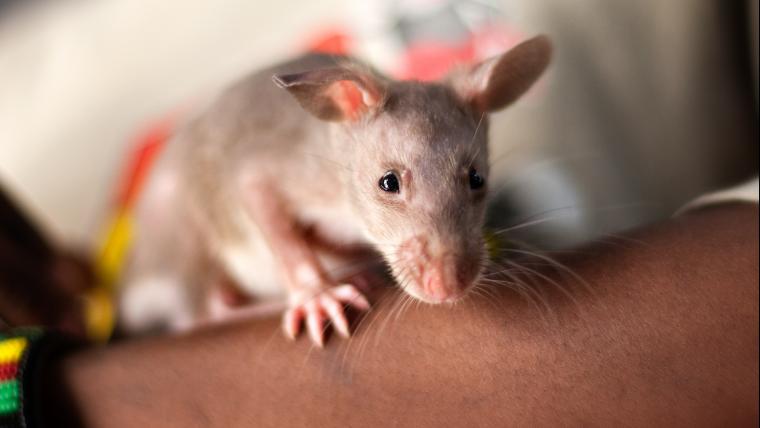
These rats cleared a country of landmines
It was 1995, and Bart Weetjens had an idea. The Belgian grew up with pet rats as a child, and while analysing potential solutions for landmine clearance, he read up on gerbils that acted as scent detectors. Rats could be used just as easily, Weetjens thought, as they were inexpensive, widespread, and highly intelligent – with an extraordinary sense of smell. After gathering resources and research, Weetjens found the perfect rodent: the African giant pouched rat.
By 1997, APOPO, or Anti-Personnel Landmines Removal Product Development, was born. Within a few years the NGO was clearing mines and testing for TB in Africa and Asia. The rats, known as HeroRATS, are trained to detect landmines and TB with their sense of smell through a food reward system. When they become accustomed to a smell, they scratch or linger at the source, and are rewarded with the sound of a clicker and food. The rodents are perfect for finding landmines because their light footing won’t set the mines off. HeroRATS can examine an area the size of a tennis court for explosives in 30 minutes, which takes a metal detector four days. They can also process 40 TB samples in seven minutes – a procedure that takes a human clinician a whole day.
APOPO’s results are remarkable. Mozambique was declared free of all known landmines in 2015, after extensive detection and clearance work. To date, the rats have helped diagnose over 12 000 TB patients who were sent home with an incorrect result, enabling them to receive treatment faster and prevent the spread of the disease. Now, APOPO is exploring what else their exceptional rats can do. One application is helping other wildlife. Because of their size, rats can crawl into small spaces in shipping containers to sniff for parts of pangolins, the most trafficked mammal in the world. In a partnership with the Endangered Wildlife Trust of South Africa, APOPO hopes to protect some of our most endangered species. For now, they have already saved countless lives.
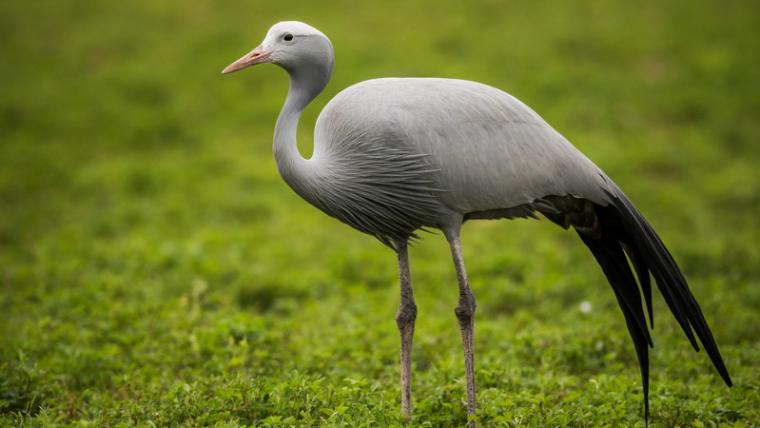

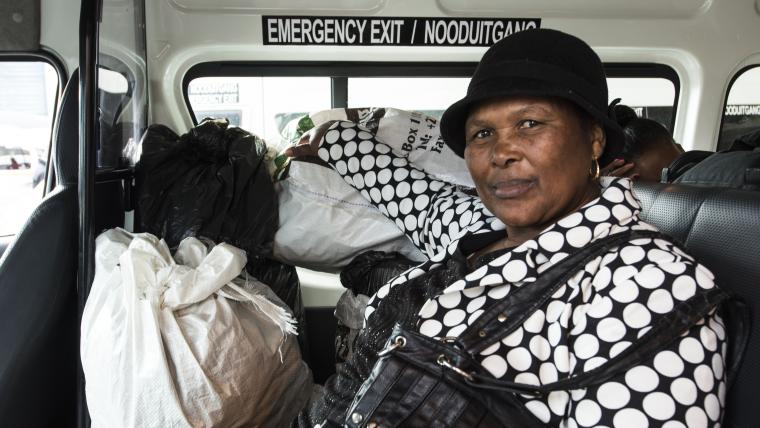
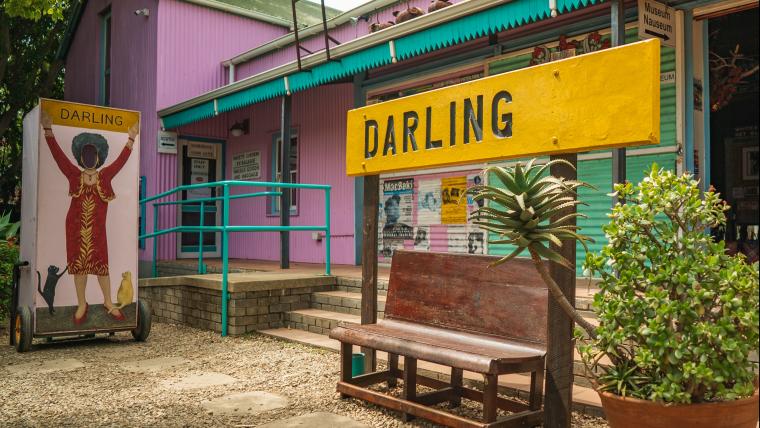
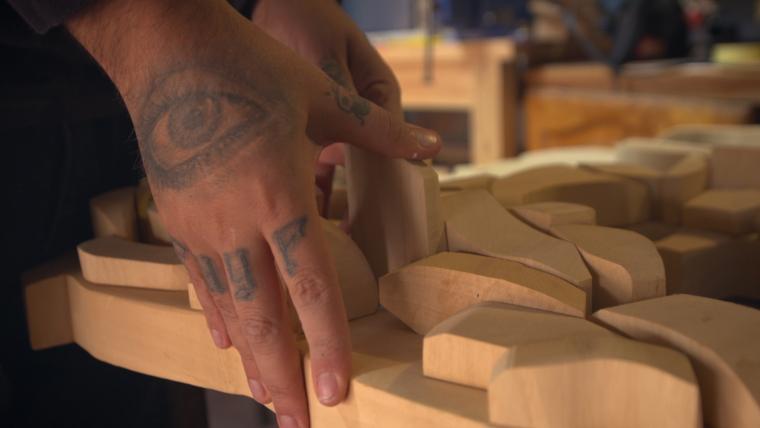
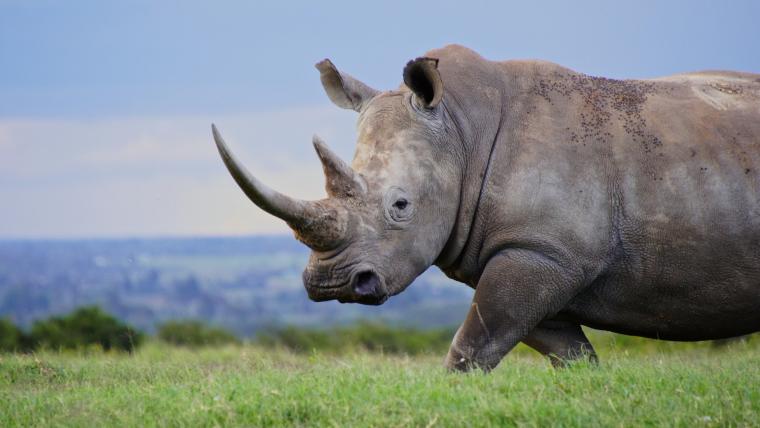
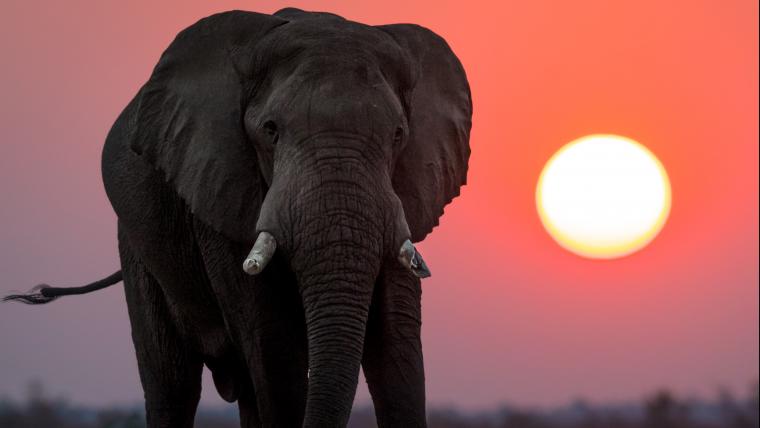
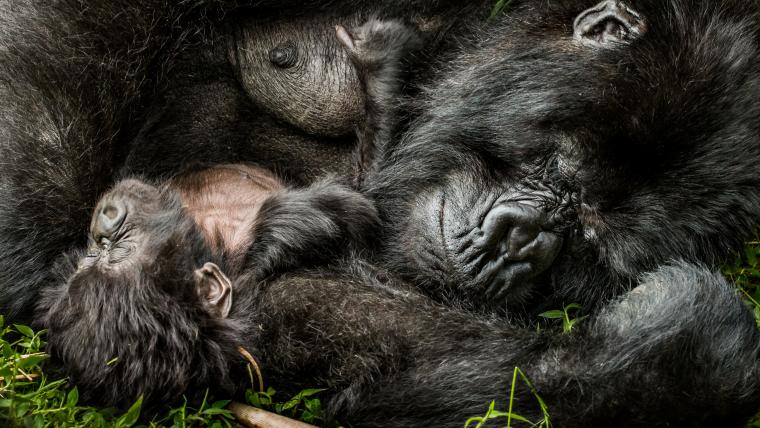
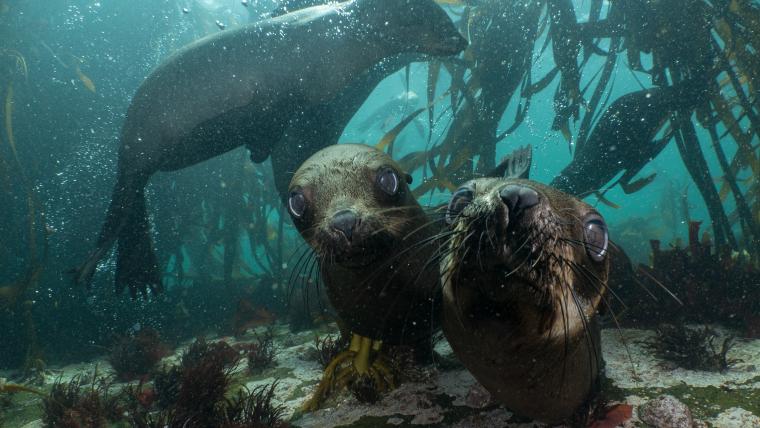
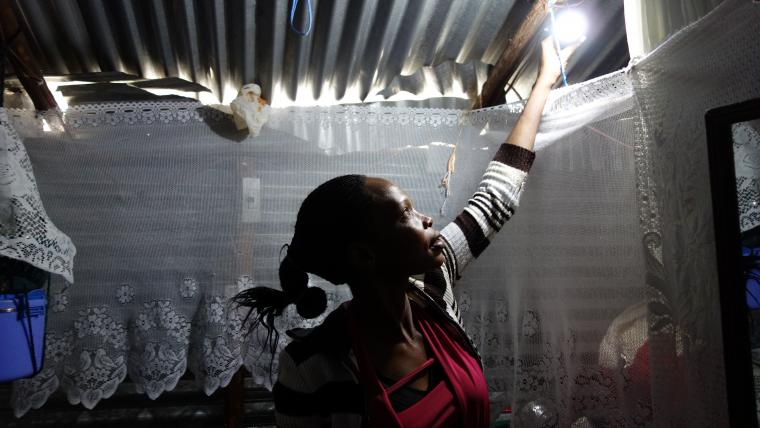




















Please sign in to leave a comment